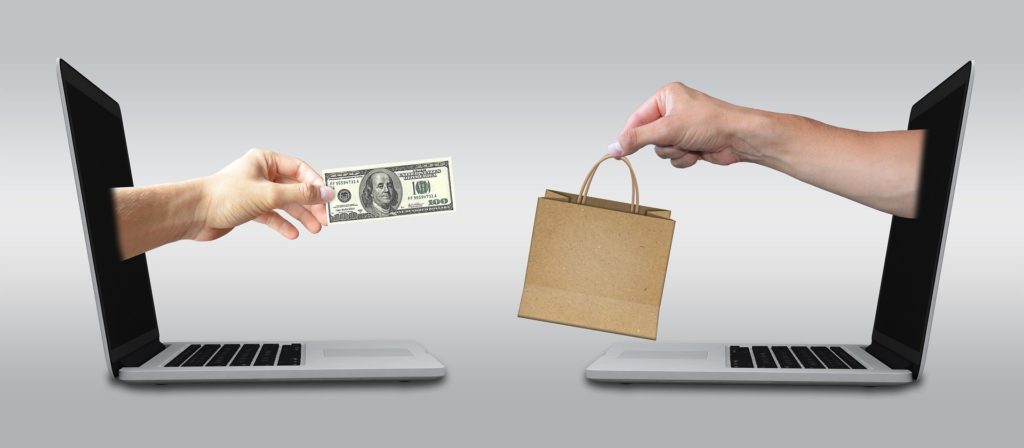Getting payment from your customers is among the most important processes in your business. If your payment process is cumbersome and slow, then you risk alienating your customers – or, at the very least, making them less likely to make purchases in future. Not only can this affect your reputation with that direct customer, but they are far less likely to recommend your business to their friends and family. By simplifying your process, you’ll build trust with your customers, create customer retention and help to curate a positive reputation for yourselves and reduce churn.
So how can we streamline our payment systems, and make them work for us and our customers, rather than against us? Let’s take a look at a few crucial steps.

Keeping detailed accounts
The more you know about your customers, the more easily you’ll be able to direct them when they come to make a payment. Being able to give customers the correct, detailed information about their payments will also help increase your customer satisfaction levels.
Detailed accounts serve a number of other important functions, too. They allow you to more easily track and chase up debtors, and avoid the penalties associated with late payments of your tax bill.
Simplify the user experience
Customers don’t want to be directed through a labyrinth of strange pages on their way to checkout. Outside sites like PayPal can play a role in your checkout process, but they can be disorienting for new customers.
The fewer clicks involved in your checkout, the better. This is where retaining your customer’s data can prove useful. After all, no-one wants to have to input their name and address every time they check out – especially if you’re making the same purchase repeatedly. If you plan on offering to store customer data, make sure you have a clearly laid out data protection policy that they can access as well as encrypting information to protect against data breaches.
The few pages which are involved in your checkout should be clearly branded so that the customer feels reassured that they’re still in the right place. Customers are rightly worried about digital fraud, so any implicit reassurance you can provide is sure to be welcome.
Secure the system
Speaking of digital fraud, it’s vital that your payment system is secure against attack. If you’re exposed as substandard when it comes to security, you could suffer significant reputational (and legal) consequences. The best banking books suggest choosing an online payment platform with secure protocols and low inherent risk of breach.
Online payments are known as ‘card not present’ transactions. Processing credit card transactions without a physically-present piece of plastic provide a greater opportunity for fraud. Fraud books tend to suggest that a number of security checks are put in place. This includes encryption and tracking, of the kind provided by a quality open banking platform. That way, your customer is assured that their money is kept safe throughout the transaction.
Subscription billing
For certain kinds of products or services which arrive at regular intervals, a subscription model makes sense. This model has the advantage of removing the hassle for customers and allowing them to make peace in the knowledge they have paid for and will receive their product or service every month, without having to do extra admin on their end. Payment is taken every month until the customers cancel it. This means a more consistent, predictable flow of income, among other things.